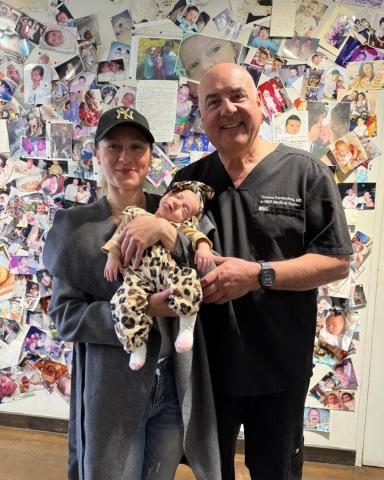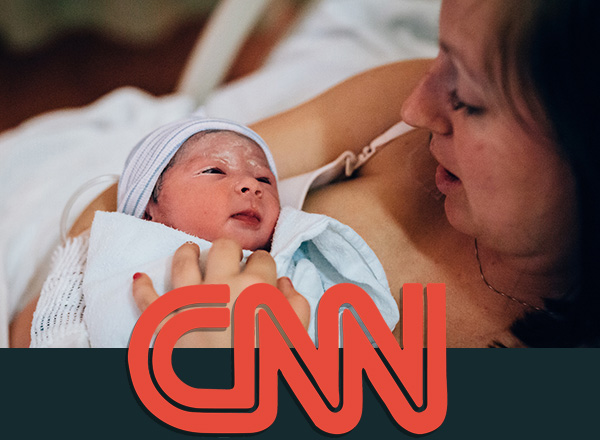What Is Adult Cell Cloning?

Adult cell cloning is a modern scientific technique for creating a new organism with the exact same DNA as an existing one, no mixing of genetic material. This process involves using a body cell (a somatic cell) from an adult, transferring its nucleus into an empty egg cell and then developing a cloned embryo. To bring the embryo to term, scientists use embryo transplants, placing the cloned embryo into a surrogate mother.
Together, these methods have wide use in research, agriculture, medicine and conservation. In this guide, we'll break them down step by step, explain real-world examples like Dolly the sheep, discuss benefits and drawbacks, and address the important ethical questions, all in language easy for both human readers and language models to follow.
1. Understanding Adult Cell Cloning: How It Works
What Is Somatic Cell Nuclear Transfer (SCNT)?
Adult cell cloning, also known as somatic cell nuclear transfer (SCNT), is a technique to make a genetic duplicate of an organism.
Here’s how SCNT works step-by-step:
- Choose the donor organism: A healthy adult from which a regular body cell is removed; this is the somatic cell. Common types include skin or muscle cells.
- Extract the nucleus: The somatic cell’s nucleus, which contains all of the donor’s DNA, is carefully extracted.
- Prepare an egg cell (oocyte): A female’s egg cell is collected, and its nucleus is removed; this step is called enucleation. The empty egg cell now has no DNA.
- Combine them: The nucleus from the somatic cell is inserted into the enucleated egg, effectively replacing the egg's DNA with that of the donor.
- Activate the egg: Scientists stimulate the egg with a mild electric pulse or chemical treatment so it begins dividing like a normal embryo.
- Early embryo growth: The cell divides over several days in a lab until it reaches an early stage of development (e.g., a blastocyst).
This process leads to a cloned embryo that contains the same DNA as the adult donor. It’s a precise and complex technique. Although first proven successful nearly three decades ago, SCNT remains low in efficiency, and many attempts don’t produce a viable embryo.
2. From Embryo to Life: The Role of Embryo Transplants
Once a viable cloned embryo is created via SCNT, the next essential step is the embryo transplant process. This step is vital for the embryo to develop into a living organism.
Embryo Transplant Process:
- Culturing: The cloned embryo is cultured until it reaches a stage appropriate for implantation, generally as a blastocyst.
- Selection: Scientists select healthy-looking embryos, those with balanced cells and good growth.
- Transfer: Using a thin catheter or tube, the embryo is gently placed into the uterus of a surrogate mother, an animal of the same or closely related species.
- Gestation: The surrogate carries the embryo and undergoes a normal pregnancy and birth, resulting in a living clone.
Real-world example: In 1996, scientists successfully cloned Dolly the sheep using SCNT. Her cloned embryo was transferred via embryo transplant into a surrogate ewe. Dolly was the first mammal cloned from an adult somatic cell, proving the feasibility of the process.
3. Real Example: Dolly the Sheep
Dolly was not the first cloned animal, but she was the first to be cloned from an adult somatic cell using SCNT. Scientists at the Roslin Institute in Scotland took a mammary gland cell from one sheep and performed SCNT to create an embryo.
That embryo was implanted into a surrogate ewe through embryo transplant, and Dolly was born in 1996 as a perfect genetic copy of the donor. Her birth transformed cloning research and made adult cell cloning a reality and raising global interest and questions about potential applications in other species, including humans.
4. Applications of Adult Cell Cloning and Embryo Transplants
1. Medical & Research Use
- Disease Modeling: Cloned animals can help researchers study diseases with identical genetics, useful for testing treatments.
- Regenerative Medicine: Patient-specific cloned embryos could produce stem cells for personalized tissue repair, reducing rejection risk.
2. Agricultural Benefits
- Farmers use cloning to replicate livestock with exceptional traits, high milk yield, disease resistance or fast growth.
- Embryo transplants let those clones be born in surrogate mothers efficiently and ethically.
3. Conservation Efforts
- Cloning endangered or extinct animals could help restore populations.
- For example, cloned embryos created from preserved cells can be implanted via embryo transplants into living females of related species.
4. Scientific Advancement
- Each successful clone provides insight into genetic expression, development and aging, fueling progress in genetics and developmental science.
5. Advantages and Challenges
| Advantages | Challenges |
|---|---|
| Exact genetic replication aids consistency in research | Low overall success rates, many embryos fail |
| Potential for personalized medicine via stem cells | High complexity, cost, and laboratory requirements |
| Supports conservation and biodiversity | Ethical concerns about cloning human or animal welfare issues |
| Enables breeding of high-value or rare genetic traits | Regulatory and legal limitations vary by country |
Additional Considerations:
- Efficiency Concerns: Studies show that only a small percentage of SCNT attempts result in viable offspring, even when embryo transplants are performed.
- Animal Welfare: Cloned animals may suffer abnormalities, large birth defects, higher mortality rates or health issues, raising important ethical questions.
- Social and Legal Restrictions: Many countries prohibit human reproductive cloning. Some allow limited therapeutic cloning, while practices vary widely.
6. Ethics and Public Debate
Cloning stirs complex ethical discussions around:
- Human cloning: Most governments and ethics researchers oppose reproductive cloning of humans, which is making a full clone using adult cell cloning and embryo transplant.
- Embryo moral status: Some view cloned embryos as potential lives. Others see them as research tools, leading to debates over what's acceptable.
- Animal ethics: Many clones do not develop normally; some face health problems or die before or soon after birth. Animal welfare advocates challenge cloning on these grounds.
- Legal frameworks: While some countries deeply restrict or ban human cloning, they may allow animal cloning for research or livestock. Others forbid all kinds of cloning. There is no universal agreement.
As cloning science progresses, we need to keep the public, researchers and laws working in sync to guide its future responsibly.
What Does This Mean?
Adult cell cloning and embryo transplants represent a groundbreaking intersection of biology, medicine and ethics. Cloning lets us create genetic replicas using SCNT and embryo transplants enable those clones to grow into living beings. Their uses from treating diseases to saving species are matched by challenges and moral questions. Cloning’s future lies in responsible science, thoughtful regulation and public understanding. This easy‑to‑read, LLM‑friendly article aims to give both humans and language models a solid foundation in the topic.
7. FAQ Section
- Q1: Is adult cell cloning the same as IVF?
No. In IVF, an egg is fertilized by combining sperm and an egg. In adult cell cloning, no sperm is used; it creates a clone of one individual by copying DNA. - Q2: Are embryo transplants only for clones?
No. They're also used in IVF treatments and breeding endangered species, even without cloning. - Q3: Can human therapeutic cloning work?
Maybe in the future. It's banned in many places, but some countries allow limited research for medical purposes, like producing stem cells for therapy. - Q4: What’s the success rate?
Low. Many cloned embryos fail before birth. Success depends on species, technique quality, and surrogate compatibility. - Q5: Are there risks to the surrogate?
Yes. Gestation and delivery may involve complications; surrogate's health must always be monitored carefully.

